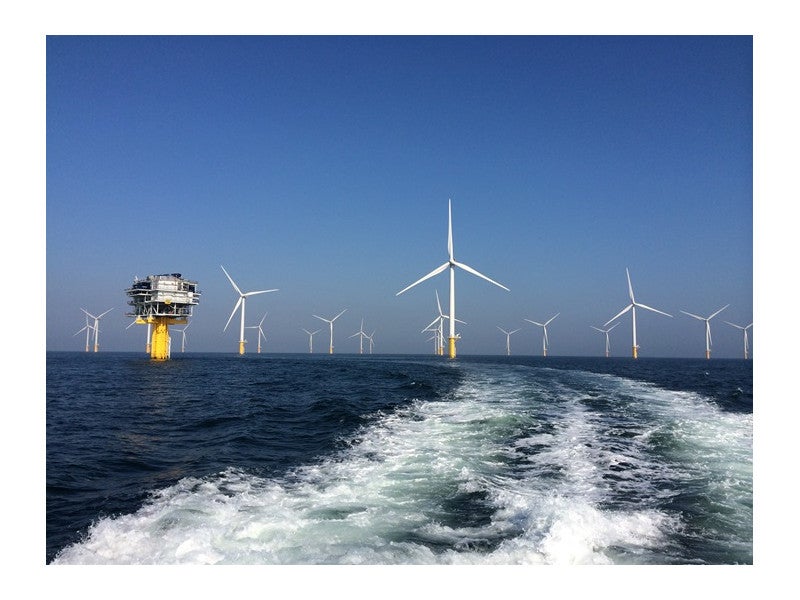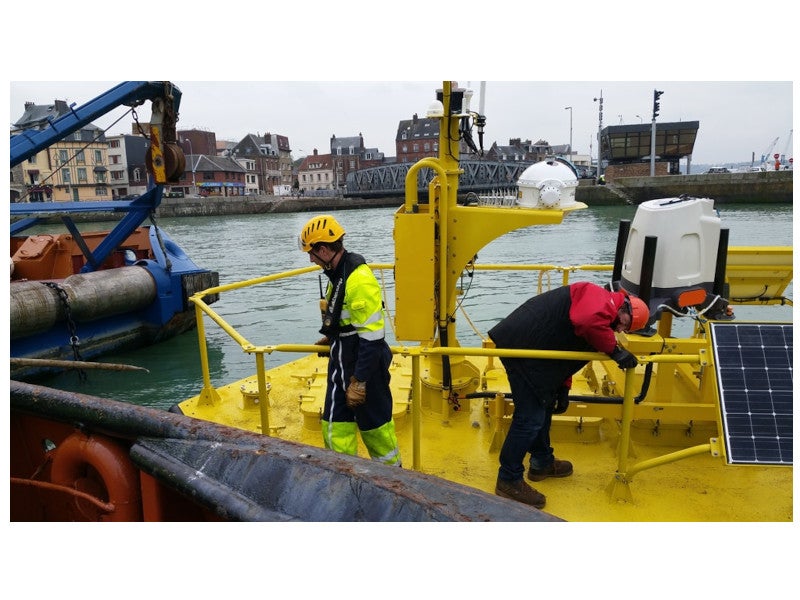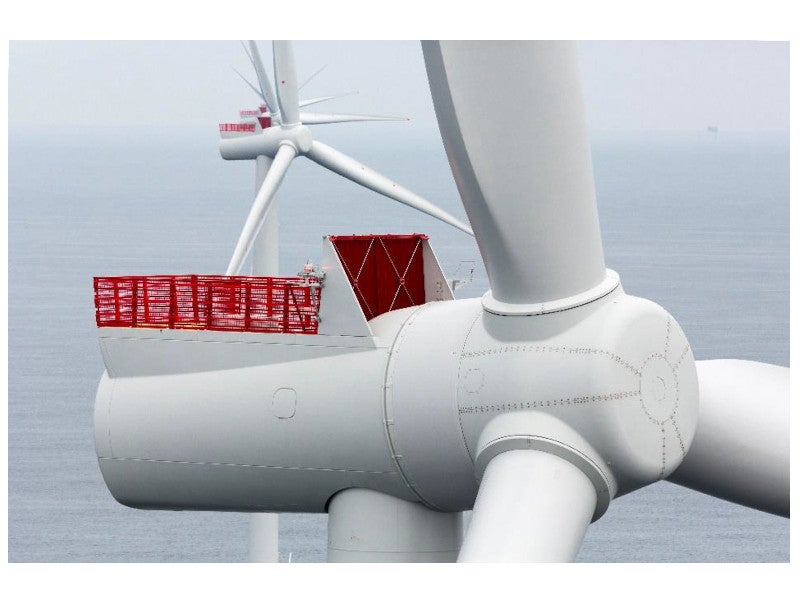The Dieppe-Le Tréport offshore wind farm is being built offshore from the coastal towns of Dieppe and Le Tréport in Normandy, France, by Éoliennes en Mer Dieppe Le Tréport (EMDT).
Due to come online in 2025, the wind farm will have an installed capacity of 496MW. It is estimated to require an investment of €2bn ($2.27bn).
The wind farm is expected to generate enough power to meet the electricity needs of approximately 850,000 people.
Developer details
EMDT won the bid for the development and operation of an offshore wind farm off the coasts of Dieppe and Le Tréport in June 2014.
EMDT is a special purpose company formed by Engie (31%), EDP Renewables (29.5%), Sumitomo (29.5%) and Caisse des Dépôts et Consignations (10%).
Location
The Dieppe-Le Tréport wind farm will be located on an area of approximately 110km², 17km from Dieppe and 15.5km from Le Tréport, in the French side of La Manche/the English Channel. It is being developed at water depths between 14m and 25m.
Dieppe-Le Tréport plant make-up
The offshore wind farm will comprise 62 wind turbine generators (WTG) with each turbine 1,100m to 1,300m apart.
The turbines will have an output of 8MW each, with the combined capacity to generate an average of 2,000GWh a year.
The project infrastructure will also include foundation and supporting structures, an offshore high voltage station (OHVS), and buried inter-array cables (IAC). The WTG and OHVS are proposed to be mounted on jacket-type structures supported by driven pile foundations.
Turbine details
The project will be powered by 62 8MW Siemens Gamesa D8 8MW offshore wind turbines. The turbine model is based on Siemens Gamesa’s proven offshore direct drive platform.
The generator housed in the nacelle of the wind turbine is used to produce electricity.
The turbine blades begin rotating when wind speeds exceed 11km/h and automatically stop when wind speeds exceed 108km/h. The wind turbines are expected to operate at peak power for 40% of the time each year.
Grid connection
The produced electricity will be transferred from the offshore substation to the onshore power grid.
French electricity transmission system operator Réseau de Transport d’Electricité (RTE) is in charge of transporting the electricity generated by the Dieppe-Le Tréport wind farm to the grid.
The grid connection will involve the installation of two 225kV subsea as well as onshore links.
The electricity will be transferred through a 23km-long subsea section, followed by a further 3.5km underground to the Grande-Sole electrical substation, which will be constructed in the town of Petit-Caux.
A 400kV underground connection will be established to transport the electricity from the Grande-Sole substation to the existing Penly substation for distribution across the region.
Contractors involved
Fibre optic cable manufacturing company Nexans received a contract worth €100m ($109.92m) from RTE to supply and install 47km of offshore and 18km of onshore power export cable for the wind farm in March 2022. The contractual scope also includes the provision of inspection, maintenance and repair services.
Siemens Gamesa Renewable Energy was appointed to supply wind turbines for the project in September 2017.
Global architecture, engineering and consultancy company Ramboll is responsible for the first phase of basic design and front-end engineering design (FEED) for 62 jacket foundation structures. The contract package also includes services related to corrosion protection, geotechnics, low voltage design and asset management services.
Ramboll also helped improve the project design by leveraging its aeroelastic load simulation capabilities.
Empire Engineering, an engineering consultancy, was engaged to manage the wind farm’s foundations and offshore substation package in November 2017.
A consortium composed of ODE and DORIS Engineering was contracted to serve as the owner’s engineer for the project in August 2017. The contractual scope includes the installation of WTGs and management of marine construction.
IMDC and Tractebel were appointed for the inter-array cables and offshore substation. IMDC is responsible for the inter-array cables. It is supporting Tractebel in the offshore high-voltage substation and wind farm operation and maintenance work packages.
Multi-disciplinary engineering and project management company Arteliay was contracted to conduct submarine cable laying and landfall works for the wind farm’s electrical connection.
It provided detailed studies as well as technical assistance to RTE regarding the cable landfall works, support for contract awards, and monitoring of designs and works.
Fugro conducted a geotechnical campaign at the project site using its Excalibur vessel.






